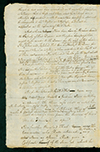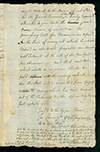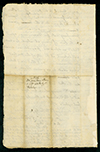Native Americans
Present-day Rhode Island has been inhabited for thousands of years, and our first nations helped form the Rhode Island we know today. When the first European settlers arrived, the predominant tribes in Rhode Island were the Narragansett and Wampanoag. The State Archives has many land deeds between indigenous people and colonists. As colonial settlements grew, the General Assembly began to restrict sustenance activities of the local tribes including “felling of trees” and “taking of deer.” Tensions rose and led to the outbreak of King Philip’s War in 1675.
King Philip’s war permanently changed Rhode Island. Thousands of native people were killed; most survivors left the area or were captured and sold into slavery. One hundred years later, during the American Revolution, the General Assembly created a regiment to be comprised of African American and Native American men. Enslaved men who enlisted were granted their freedom at the end of the war, however both free and enslaved men joined the regiment. The 1st Rhode Island Regiment, also called “The Black Regiment,” fought in several battles including the decisive Battle of Yorktown.
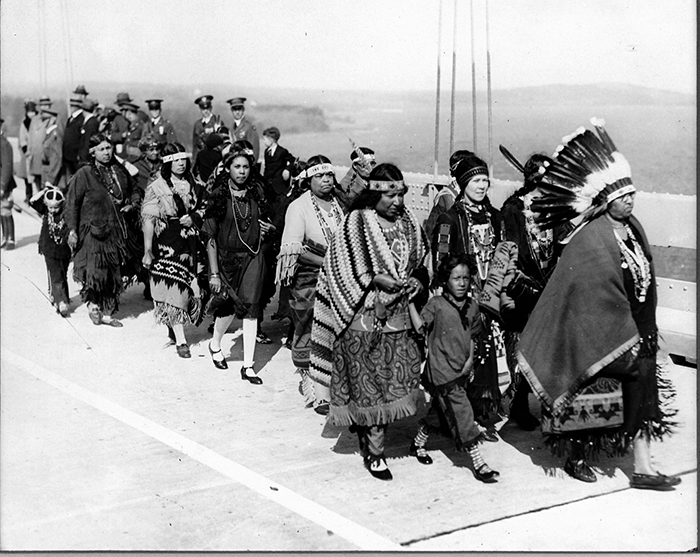
Primary Source Documents
Click on the thumbnails below to zoom in and explore these documents.
-
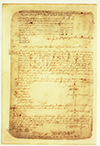
Record of the deed for Aquednick, 1637
The 1637 deed between William Coddington and Narragansett chiefs Canonicus and Miantonomi, allowing Coddington and his followers to settle on Aquidneck Island
-
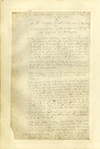
Propositions relating to Indians, 1640
Governor Willliam Coddington and Narragansett chief Miantonomi drafted laws to regulate the activities of native people on Aquidneck Island.
-
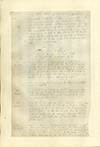
Laws relating to property, hunting, and harvesting, 1641
Colonists passed laws to regulate the activities of native people on Aquidneck Island.
-
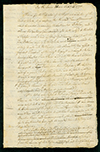
Legislation for the “Black Regiment,” 1778
In 1778, the General Assembly authorized the creation of a regiment comprised of free and enslaved African American and Native American men. The law stated that previously enslaved men who served in the regiment would be free at the war’s end.
Discussion Topics and Classroom Activities
4th grade and up
-
Native Americans did not build and live in single structures the way the colonists did. How do you think this affected their ideas about land ownership?
-
Which way of life do you think is better: living in one permanent house or moving around seasonally? Why?
-
Sometimes Native Americans signed deeds of sale when they sold land to colonists. However they didn’t write their names in English the way we do, instead they used pictures to represent themselves. We call these signatures “pictographs.” In the deed for Aquidneck, Miantonomi represented himself with a bow and arrow; Canonicus represented himself with an arrow.
-
Why do you think Canonicus chose to represent himself with a bow and arrow?
-
Design a pictograph and explain why you chose the design or image you did.
-
What else can you learn about Native American pictographs?
6th grade and up
-
We know about Roger Williams’ interactions with the Wampanoag and Narragansett people from his letters and other documents, but they only tell one half of the story. Try to imagine what the Narragansetts might have thought about Roger Williams. Write the story of Roger Williams’ arrival from the Narragansett point of view.
-
Today we use many Native American words to identify places in Rhode Island. Make a list of Native American place names. (You might be surprised to learn that words like quahog, chipmunk, and moccasin are also derived from Native American words.)

